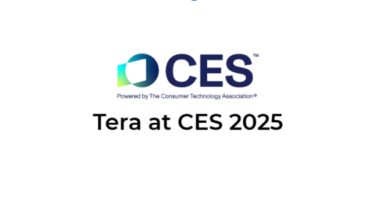Mutf_In: Axis_Focu_Gr_Tbxdrs

Mutf_In: Axis_Focu_Gr_Tbxdrs represents a significant advancement in data analysis frameworks. Its modular design and user-centric features promise to enhance analytical capabilities across various domains. By prioritizing user experience and integrating advanced technologies, the framework aims to address the evolving needs of practitioners. However, the implications of its implementation on future digital interfaces warrant further examination. What potential challenges and opportunities might arise in this rapidly changing landscape?
Understanding the Concept of Mutf_In: Axis_Focu_Gr_Tbxdrs
The concept of Mutf_In: Axis_Focu_Gr_Tbxdrs represents a critical framework within a specific analytical domain.
This framework elucidates the mutf_in benefits by providing structured methodologies for data analysis. Its applications extend across various fields, enabling practitioners to harness insights effectively.
Key Components of the Framework
Key components of the Mutf_In: Axis_Focu_Gr_Tbxdrs framework establish a robust foundation for effective data analysis.
These key features are guided by fundamental design principles that enhance performance and flexibility.
The critical components include:
- Modular architecture for scalability.
- Intuitive data visualization tools.
- Comprehensive integration capabilities.
Together, these elements facilitate a seamless data analysis experience, catering to an audience that values autonomy and innovation.
Impact on User Experience and Engagement
Effective data analysis frameworks, such as Mutf_In: Axis_Focu_Gr_Tbxdrs, significantly influence user experience and engagement. By optimizing the user interface, these frameworks enhance user retention through tailored interactions. Analyzing user behavior allows for more personalized experiences, fostering a deeper connection with the content.
| Aspect | Impact on User Experience |
|---|---|
| User Interface Design | Improves navigation |
| Data Personalization | Increases relevance |
| Feedback Mechanisms | Enhances engagement |
| Performance Metrics | Boosts retention |
Future Trends and Implications for Digital Interfaces
As technology continues to evolve, emerging trends in digital interfaces are poised to reshape user interactions significantly.
Key implications for interface design include:
- Enhanced personalization through AI integration.
- Increased focus on accessibility for diverse user needs.
- The rise of immersive experiences via augmented and virtual reality.
These elements reflect the broader digital evolution, driving innovation in how users engage with digital platforms.
Conclusion
In summary, Mutf_In: Axis_Focu_Gr_Tbxdrs exemplifies a paradigm shift in data analysis, akin to a skilled conductor harmonizing a diverse orchestra. Each component of the framework plays a vital role, ensuring that insights resonate clearly and effectively with users. As engagement rises through intuitive interfaces, the framework not only meets current demands but also adapts to future trends, paving the way for a transformative approach to data analytics that prioritizes personalization and accessibility.




